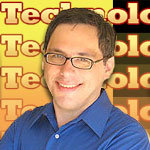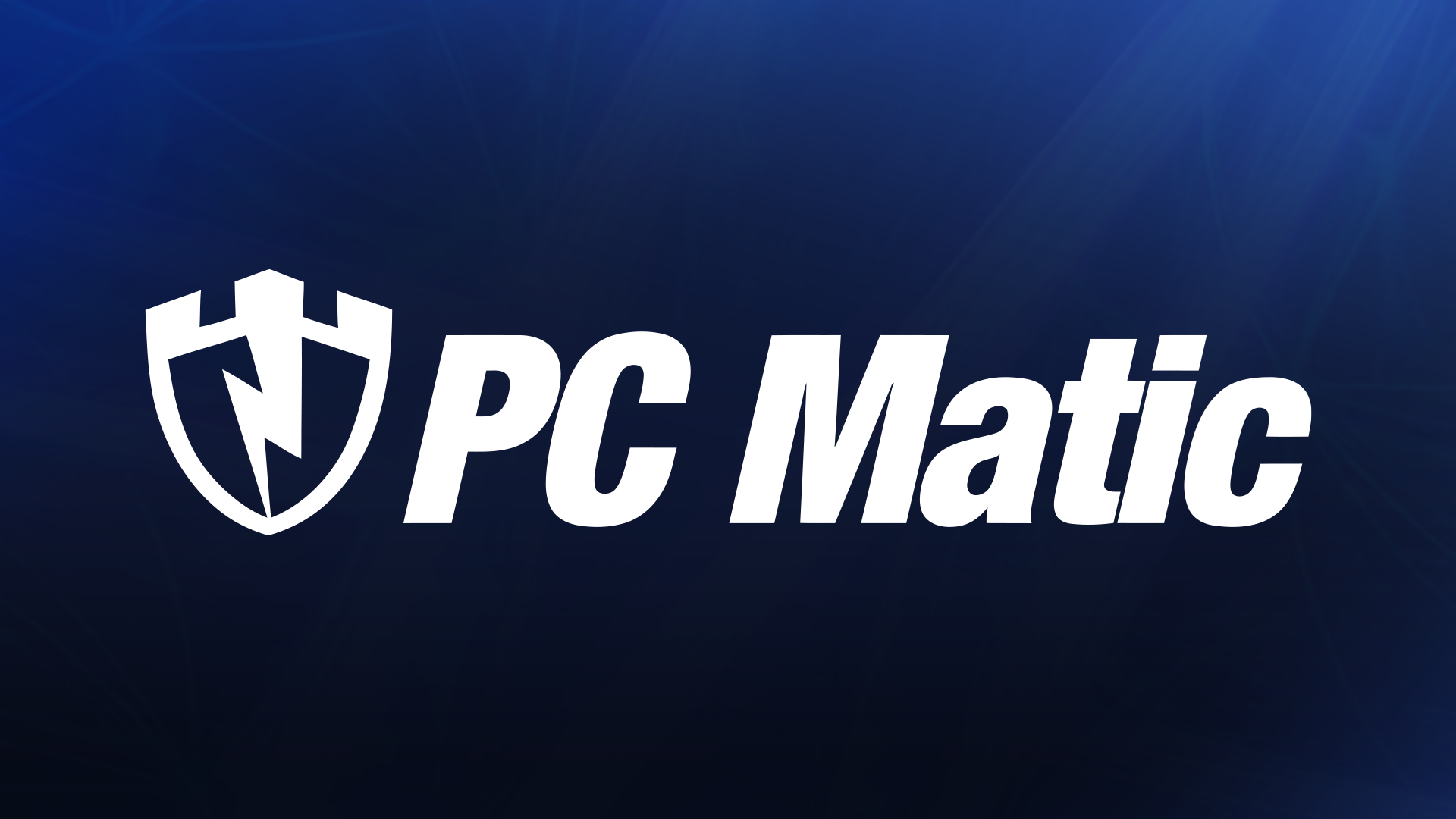
By Tandy Trower
In the late fall of 1984, I was just past three years in my employment with Microsoft. Considering the revolving doors in Silicon Valley at that time, I already had met or exceeded the typical time of employment with a high-tech company. Over that time I already had established a good track record, having started with product management of Microsoft’s flagship product, BASIC, and successfully introduced many versions including the so-called GW-BASIC which was licensed to PC clone vendors, various BASIC compilers, and a BASIC interpreter and compiler for the Apple Macintosh. As a result I had been given the overall responsibility for managingMicrosoft’s programming languages, which included FORTRAN, Pascal, COBOL, 8086 Macro Assembler, and its first C compiler for MS-DOS. It was at this point that things took a significant turn.
I had just gone through one of those infamous grueling project reviews with Bill Gates, who was known for his ability to cover all details related to product strategy, not only those on the technical side. Borland’s Turbo Pascal had just come out, seemed to be taking the market by storm, and looked like a possible competitor to Microsoft BASIC as the language that was shipped with every PC. While Microsoft had its own version of Pascal, it had been groomed as a professional developer’s tool, and in fact was the core language Microsoft wrote many of its own software products in before it was displaced by C.
Bill Gates made it quite clear that he was not happy.At $50 for the Borland product vs. the Microsoft $400 compiler, it was a bit like comparing a VW to a Porsche. But while Turbo Pascal was lighter weight for serious development, it was almost as quick for programming and debugging as Microsoft’s BASIC interpreters. And Pascal was the programming language that most computer science students most typically studied. The new Borland product would require serious strategy revisions to the existing plans to port Microsoft Pascal to a new compiler architecture. But it also required thinking about how to address this with our BASIC products. Could a Turbo BASIC be on the horizon? In any case, Gates made it quite clear that he was not happy .
Secret Origin of Windows Continued
[This post is excerpted with Harry McCracken’s permission from his Technologizer blog.]


